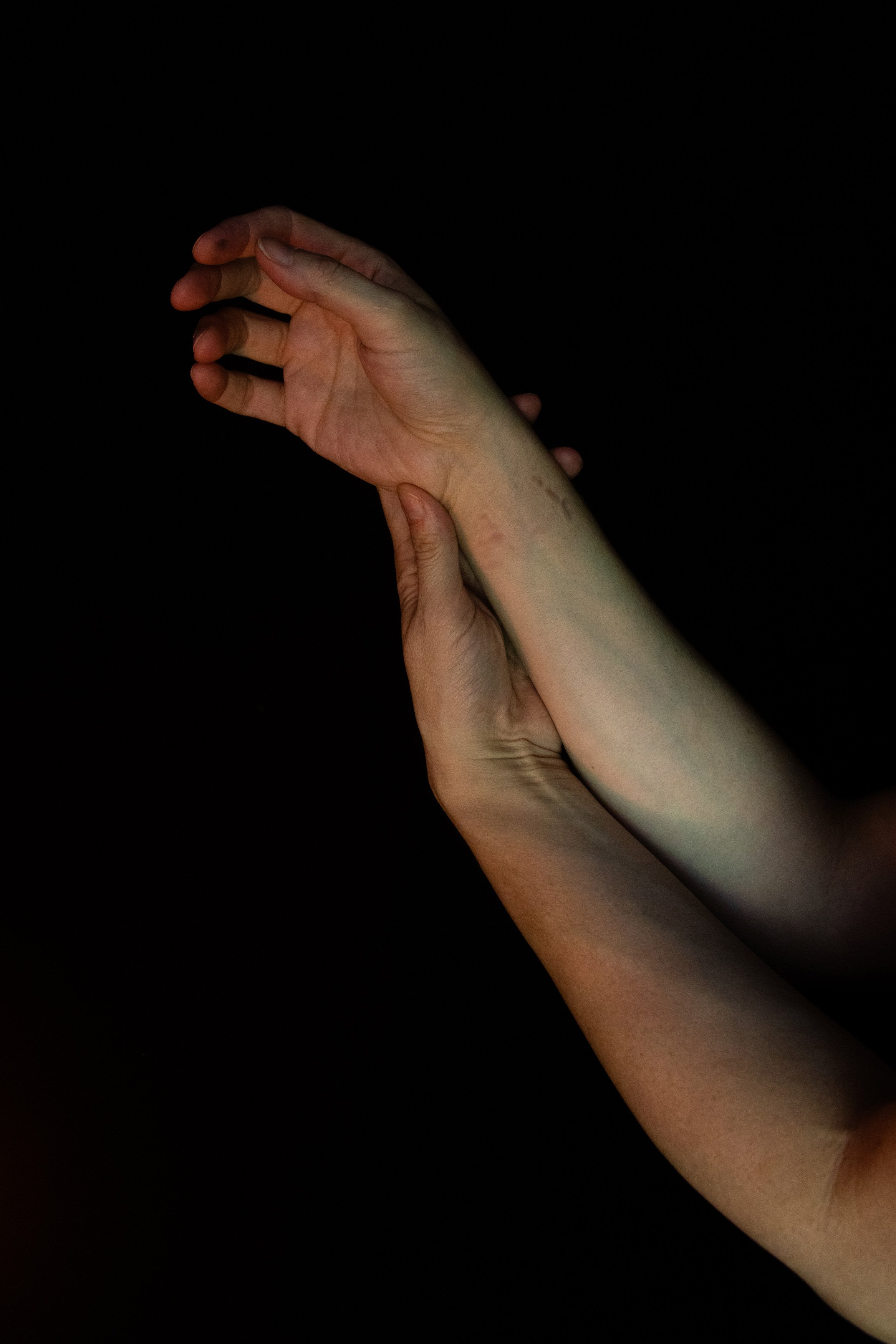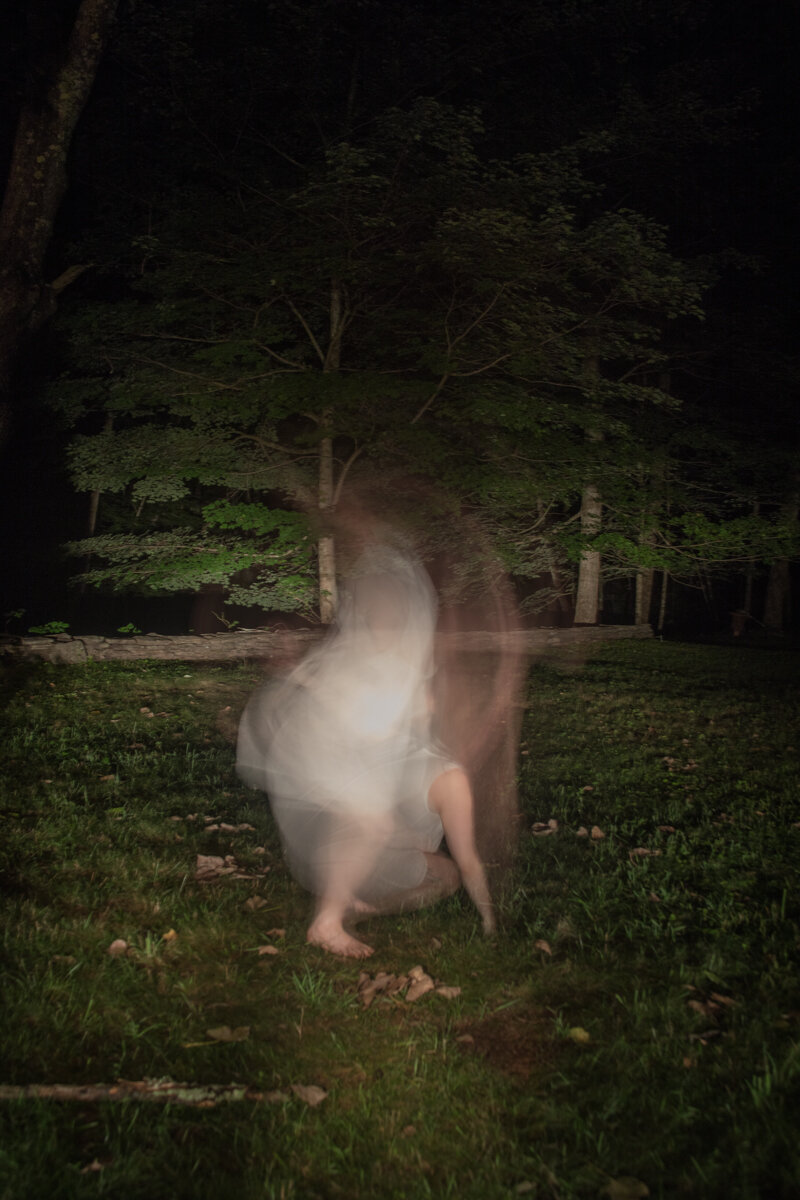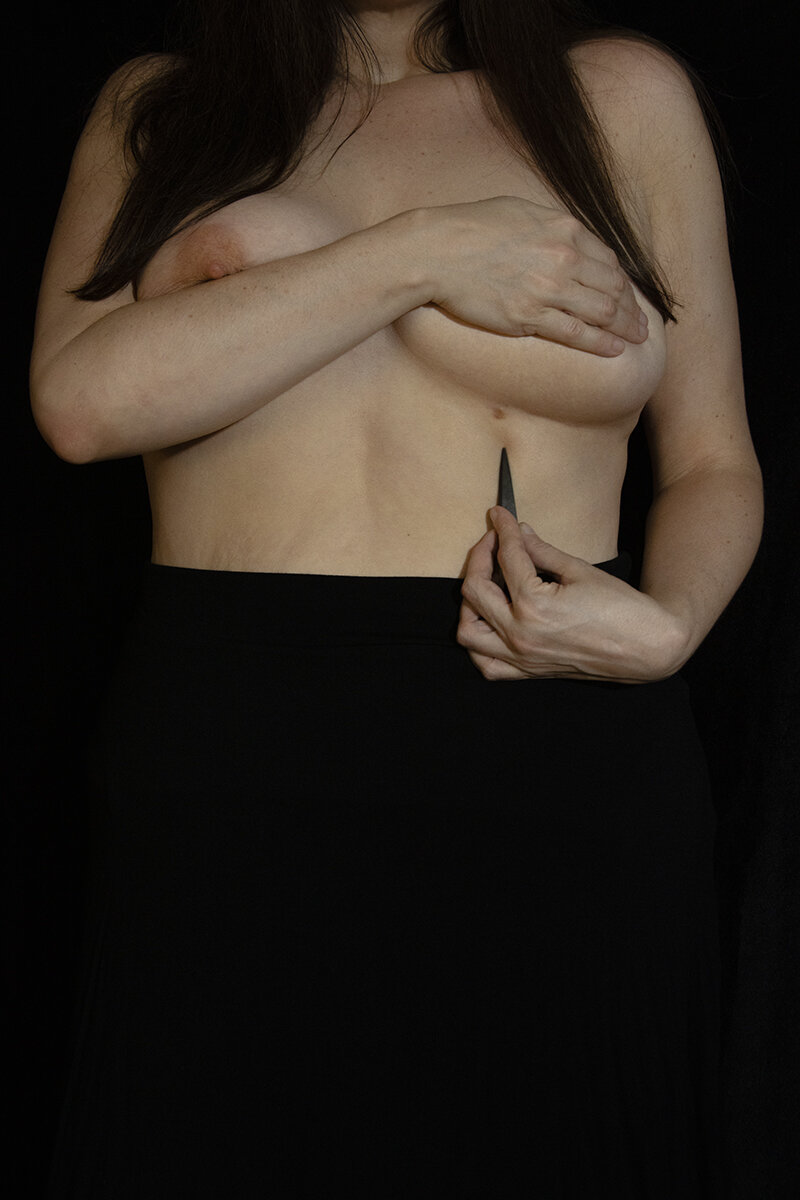
“Capt. Walcott's Daughter Mary came to Lieut. [?] and spake to me, but suddenly after, as she stood by the Door, she was bitten, so that she cried out at her Wrist, and looking on it with a Candle, we saw apparently the marks of Teeth, both upper and lower set, on each side of her Wrist.“
— From "A Further Account of the Trials of the New-England Witches” by Increase Mather

Elizabeth “Betty” Parris was the first afflicted girl and one of the main accusers during the Salem Witch Trials of 1692. She began having fits, including violent contortions, uncontrollable outbursts of screaming and barking like a dog.
“Puritan society repressed children and teenagers with idea that damnation was imminent and the devil was everywhere. The girls might have suffered hysteria as a way to subconsciously cope with their desire for freedom and possible guilt for not living up to their strict societies standard. The restricted society and the very real fear of witchcraft may have worked together to create the psychosomatic episodes that occurred in the girls of Salem in 1692.”
— Women’s Museum of California

It was common belief during the witch trials of the 16th and 17th centuries that a witch could be discovered through the process of pricking their skin. Examiners, or "witch-prickers" used needles, pins and bodkins — dagger-like instruments for drawing ribbons through hems or punching holes in cloth.
Even the most minor physical imperfections would be labeled as the work of the devil himself. Moles, scars, birthmarks, sores and supernumerary nipples all qualified as evidence.



“Capt. Walcott's Daughter Mary came to Lieut. [?] and spake to me, but suddenly after, as she stood by the Door, she was bitten, so that she cried out at her Wrist, and looking on it with a Candle, we saw apparently the marks of Teeth, both upper and lower set, on each side of her Wrist.“
— From "A Further Account of the Trials of the New-England Witches” by Increase Mather
Elizabeth “Betty” Parris was the first afflicted girl and one of the main accusers during the Salem Witch Trials of 1692. She began having fits, including violent contortions, uncontrollable outbursts of screaming and barking like a dog.
“Puritan society repressed children and teenagers with idea that damnation was imminent and the devil was everywhere. The girls might have suffered hysteria as a way to subconsciously cope with their desire for freedom and possible guilt for not living up to their strict societies standard. The restricted society and the very real fear of witchcraft may have worked together to create the psychosomatic episodes that occurred in the girls of Salem in 1692.”
— Women’s Museum of California
It was common belief during the witch trials of the 16th and 17th centuries that a witch could be discovered through the process of pricking their skin. Examiners, or "witch-prickers" used needles, pins and bodkins — dagger-like instruments for drawing ribbons through hems or punching holes in cloth.
Even the most minor physical imperfections would be labeled as the work of the devil himself. Moles, scars, birthmarks, sores and supernumerary nipples all qualified as evidence.